1200 gph - 6" wide
2400 gph - 12" wide
4400 gph - 16" wide
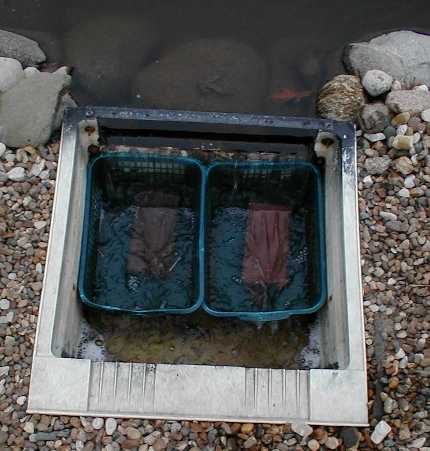
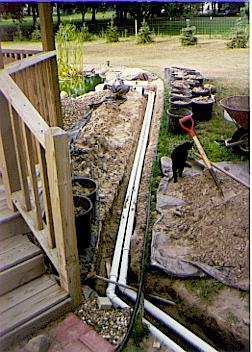
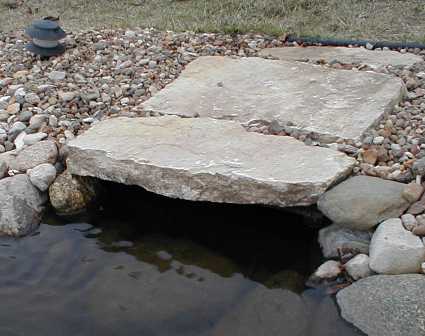
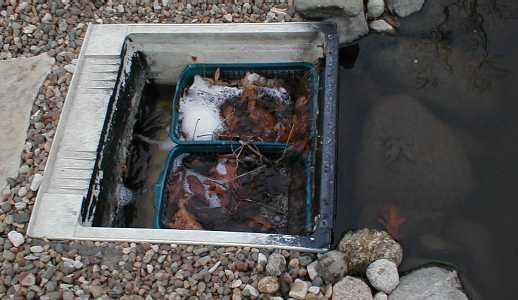
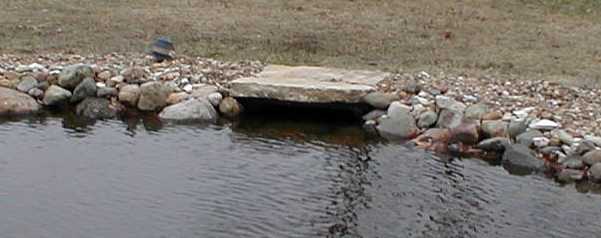
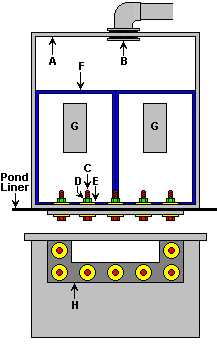
| Item | Qty | Description | Size | Cost |
|---|---|---|---|---|
| A | 1 | Heavy Duty PVC Utility Sink | 20x18x12 deep. | $20 |
| B | 1 | Bulkhead Fitting * | 2" | $8 |
| C | 8 | Stainless Steel Bolts | 1/8" dia x 1" long" | $1 |
| D | 8 | Stainless Steel Nuts | 1/8" | $1 |
| E | 16 | Stainless Steel Washers | 1/8" | $2 |
| F | 2 | plastic baskets | 8"x16"x8"deep | $2 |
| G | 2 | Bricks | 4"x8" with holes | $1 |
| H | 1 | Sheet Plastic (faceplate) | 6"x20"x1/4" thick | $1 |
| I | 1 | Silicone | 50 Year Black | $5 |



